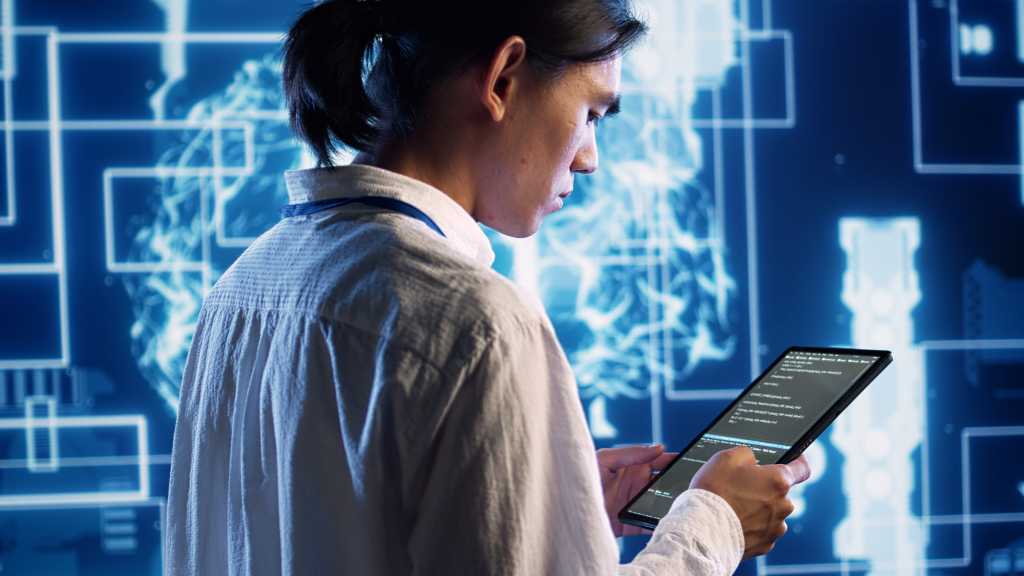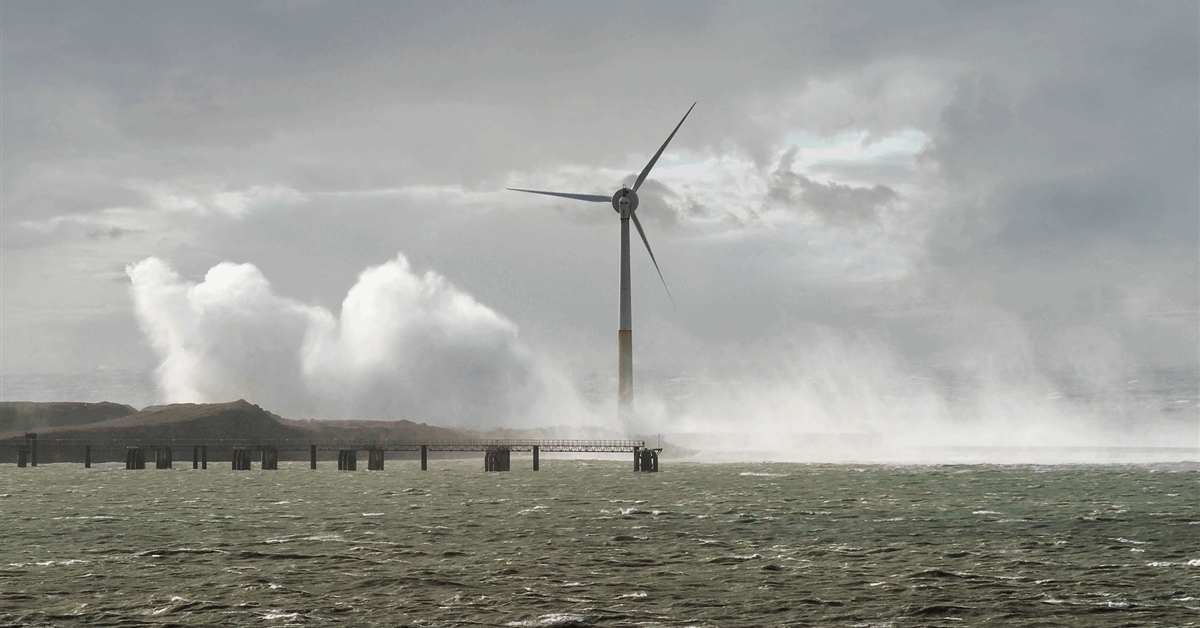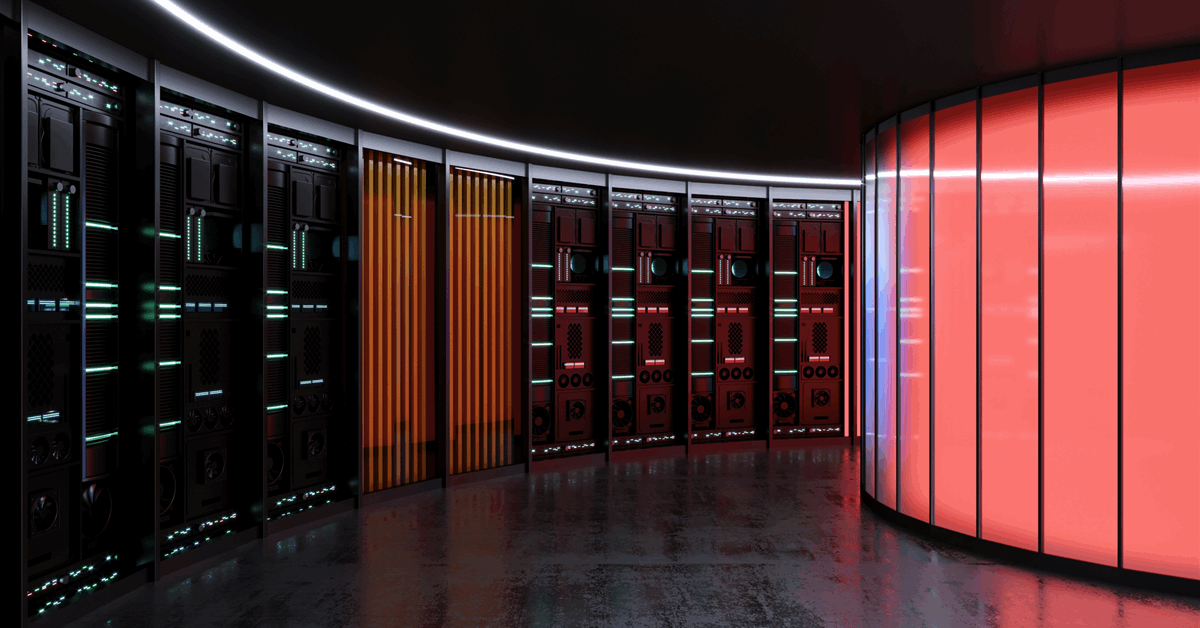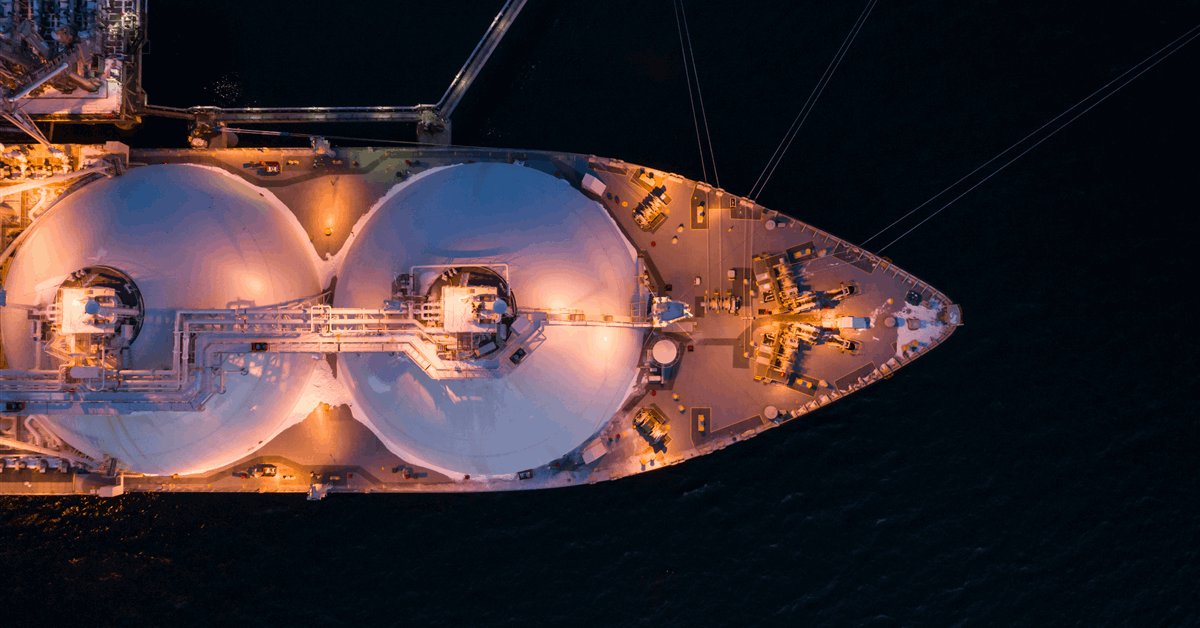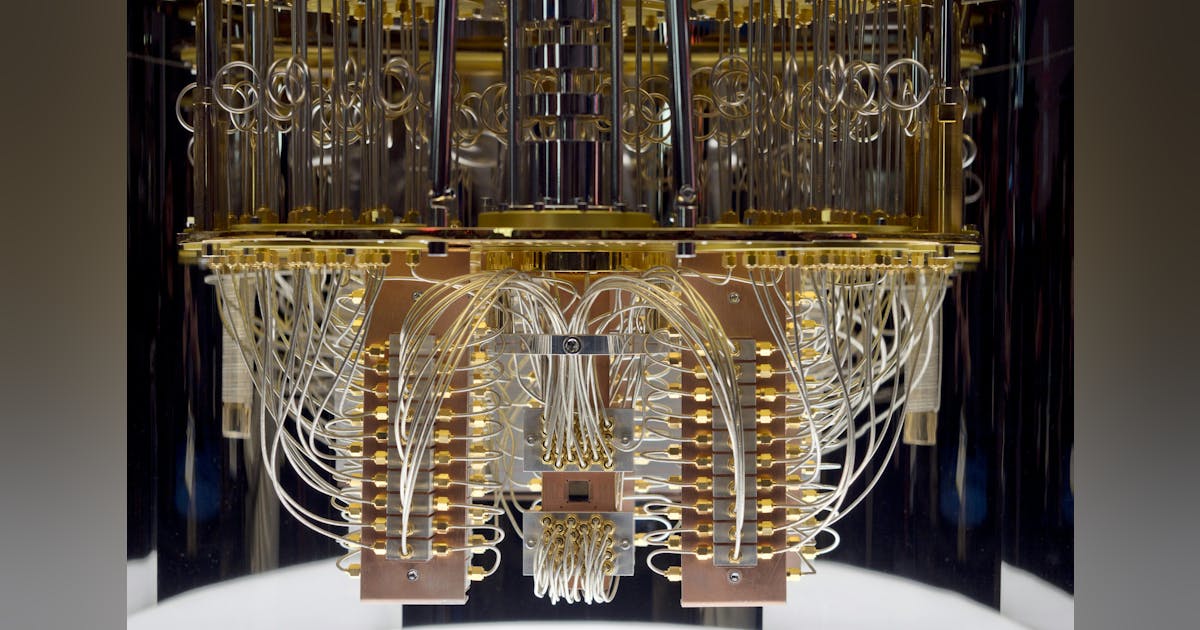At the southern tip of San Francisco Bay, surrounded by the tech giants Google, Apple, and Microsoft, sits the historic NASA Ames Research Center. Its rich history includes a grab bag of fascinating scientific research involving massive wind tunnels, experimental aircraft, supercomputing, astrobiology, and more.
Founded in 1939 as a West Coast lab for the National Advisory Committee for Aeronautics (NACA), NASA Ames was built to close the US gap with Germany in aeronautics research. Named for NACA founding member Joseph Sweetman Ames, the facility grew from a shack on Moffett Field into a sprawling compound with thousands of employees. A collection of 5,000 images from NASA Ames’s archives paints a vivid picture of bleeding-edge work at the heart of America’s technology hub.
Wind tunnels
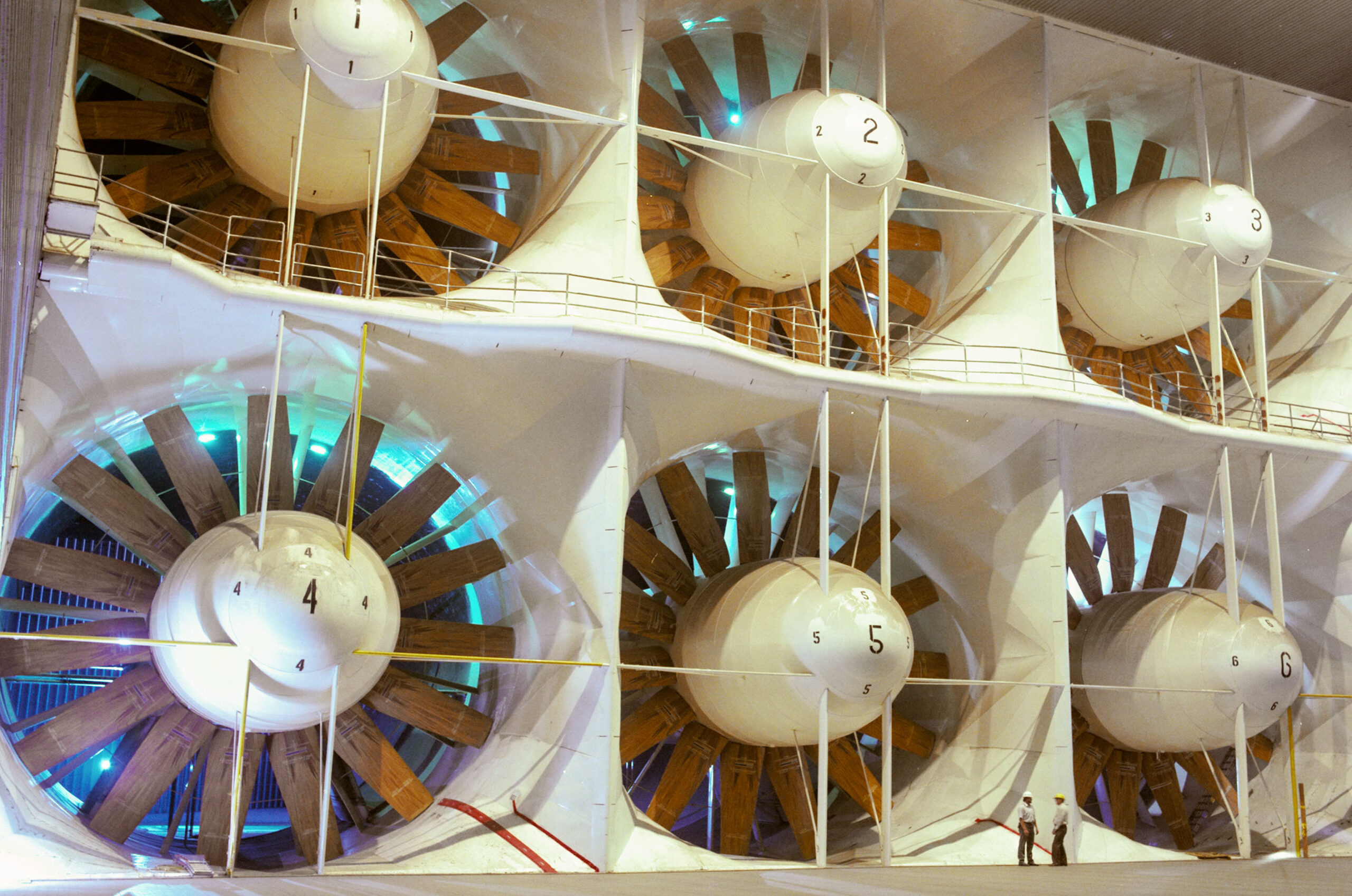
A key motivation for the new lab was the need for huge wind tunnels to jump-start America’s aeronautical research, which was far behind Germany’s. Smaller tunnels capable of speeds up to 300 miles per hour were built first, followed by a massive 40-by-80-foot tunnel for full-scale aircraft. Powered up in March 1941, these tunnels became vital after Pearl Harbor, helping scientists rapidly develop advanced aircraft.
Today, NASA Ames operates the world’s largest pressurized wind tunnel, with subsonic and transonic chambers for testing rockets, aircraft, and wind turbines.
Pioneer and Voyager 2
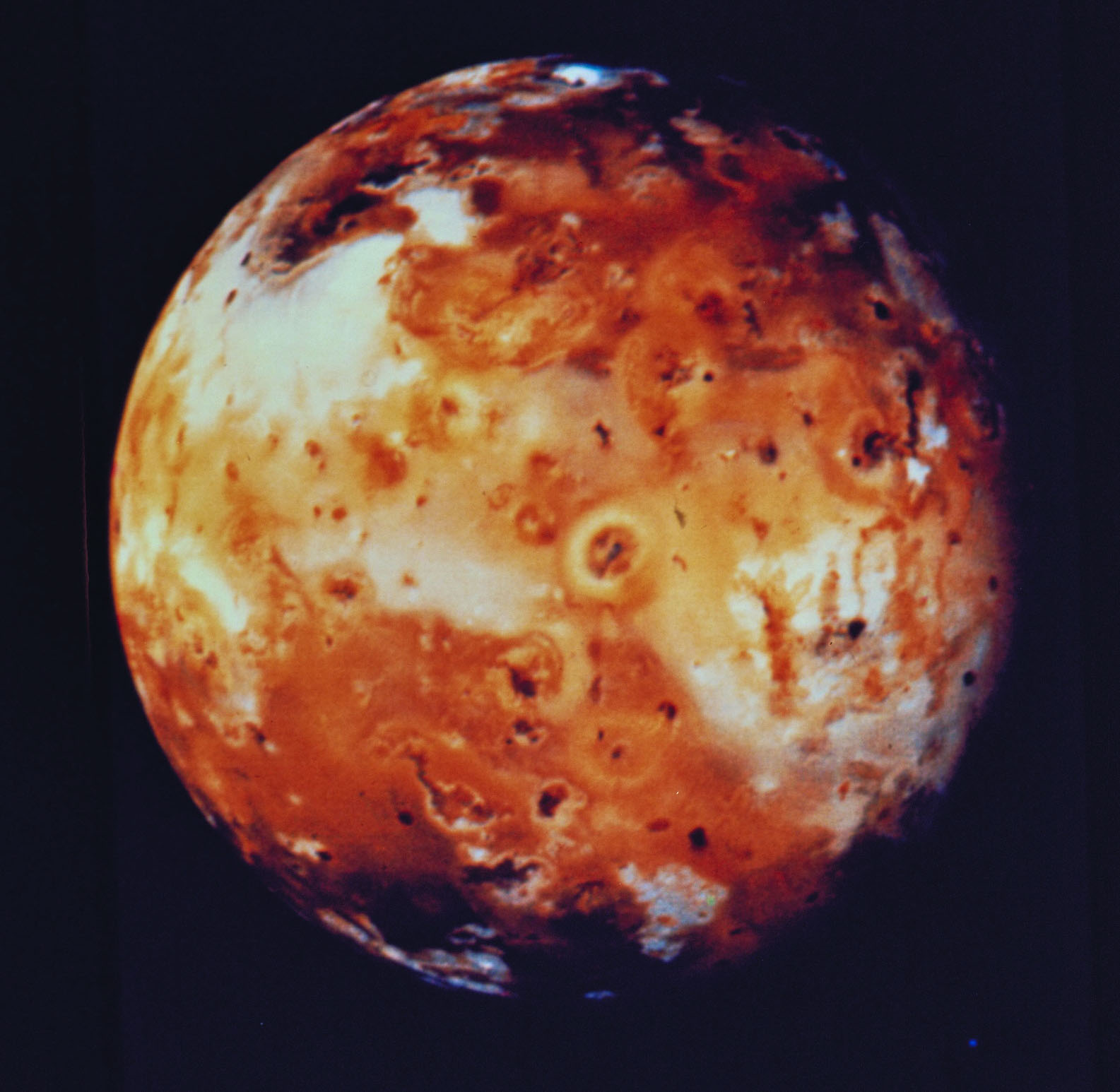
From 1965 to 1992, Ames managed the Pioneer missions, which explored the moon, Venus, Jupiter, and Saturn. It also contributed to Voyager 2, launched in 1977, which journeyed past four planets before entering interstellar space in 2018. Ames’s archive preserves our first glimpses of strange new worlds seen during these pioneering missions.
Odd aircraft
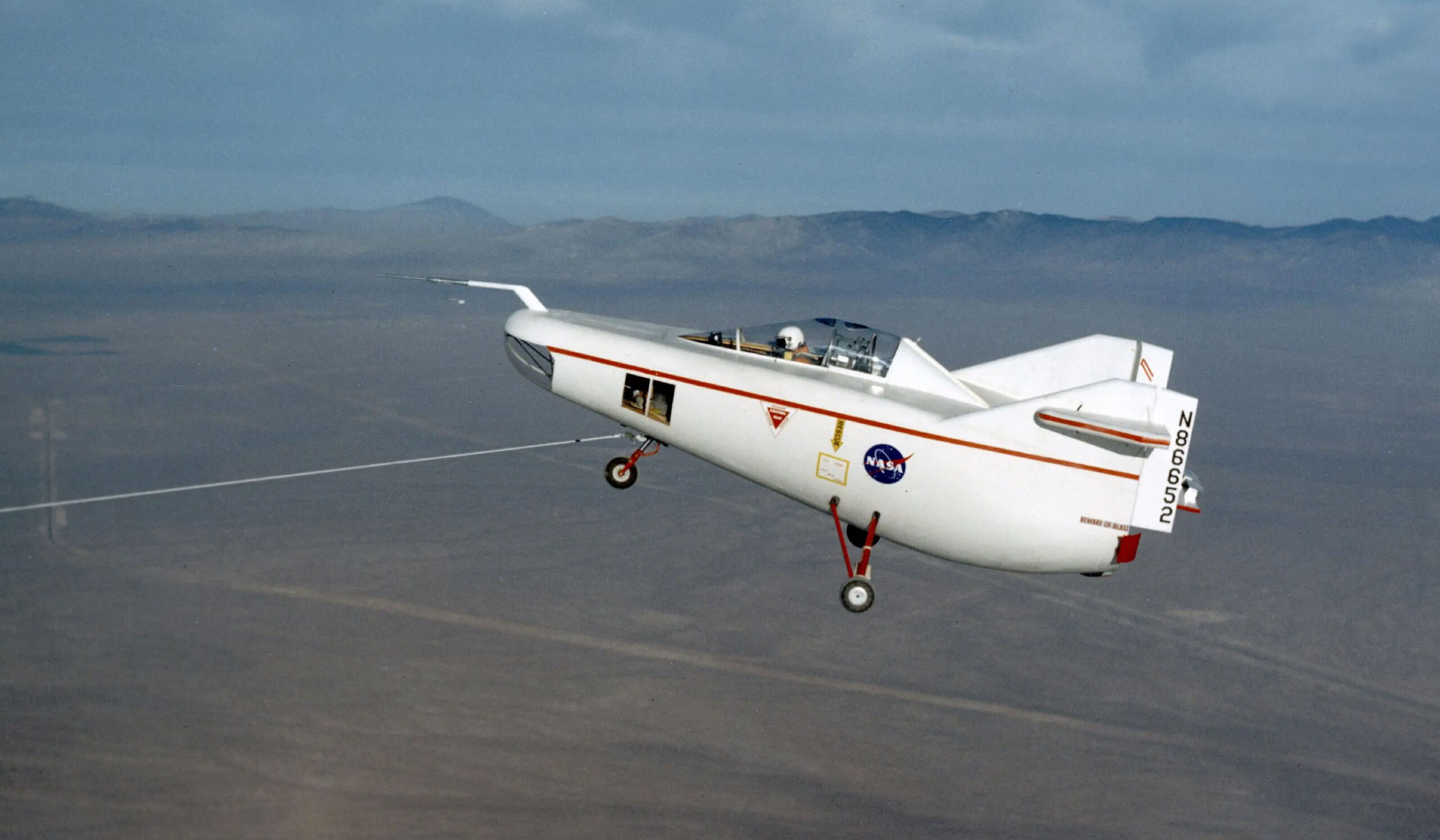
The skeleton of a hulking airship hangar, obsolete even before its completion, remains on NASA Ames’s campus.
Many odd-looking experimental aircraft—such as vertical take-off and landing (VTOL) aircraft, jets, and rotorcraft—have been developed and tested at the facility over the years, and new designs continue to take shape there today.
Vintage illustrations
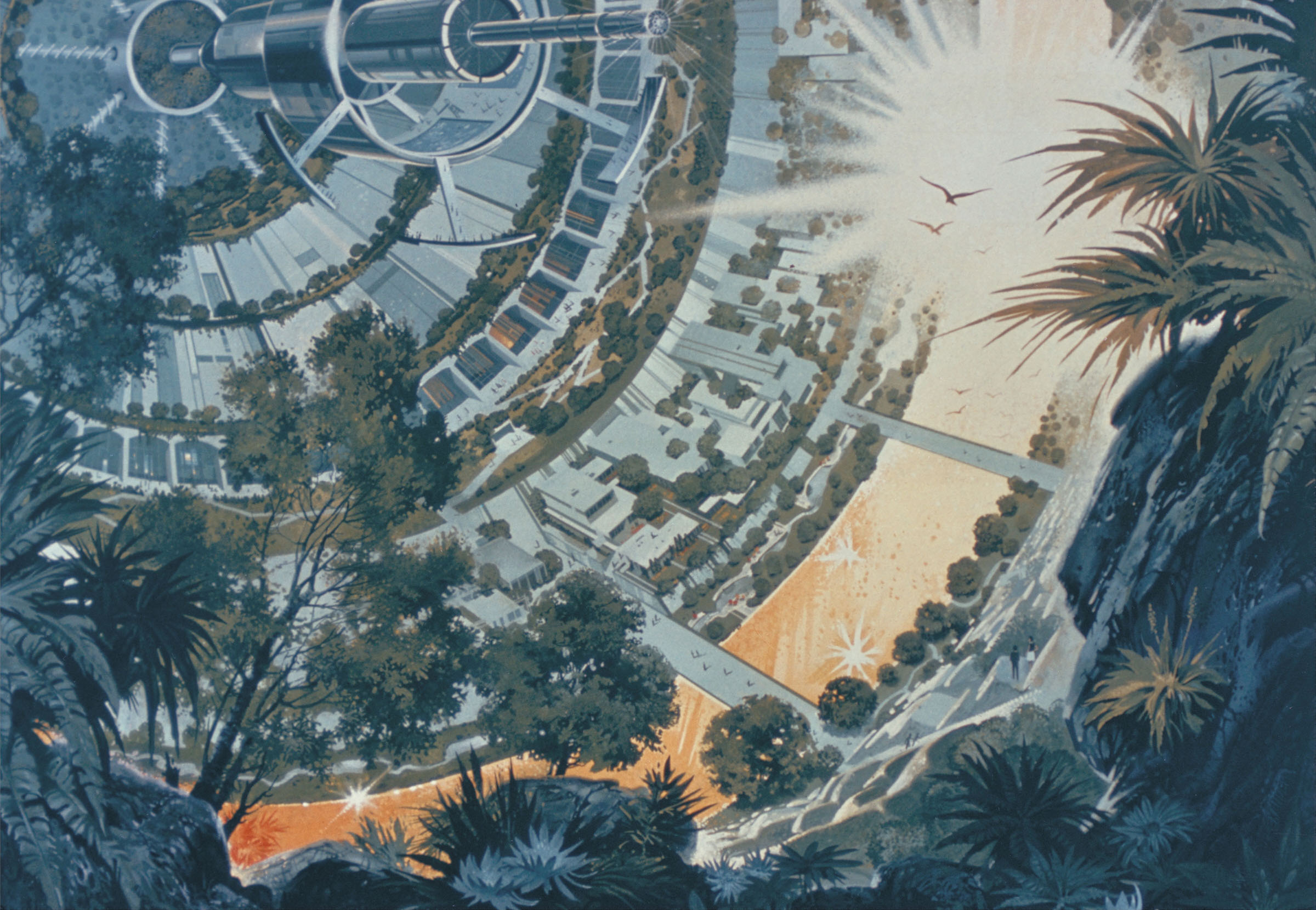
Awe-inspiring retro illustrations in the Ames archives depict surfaces of distant planets, NASA spacecraft descending into surreal alien landscapes, and fantastical renderings of future ring-shaped human habitats in space. The optimism and excitement of the ’70s and ’80s is evident.
Bubble suits and early VR
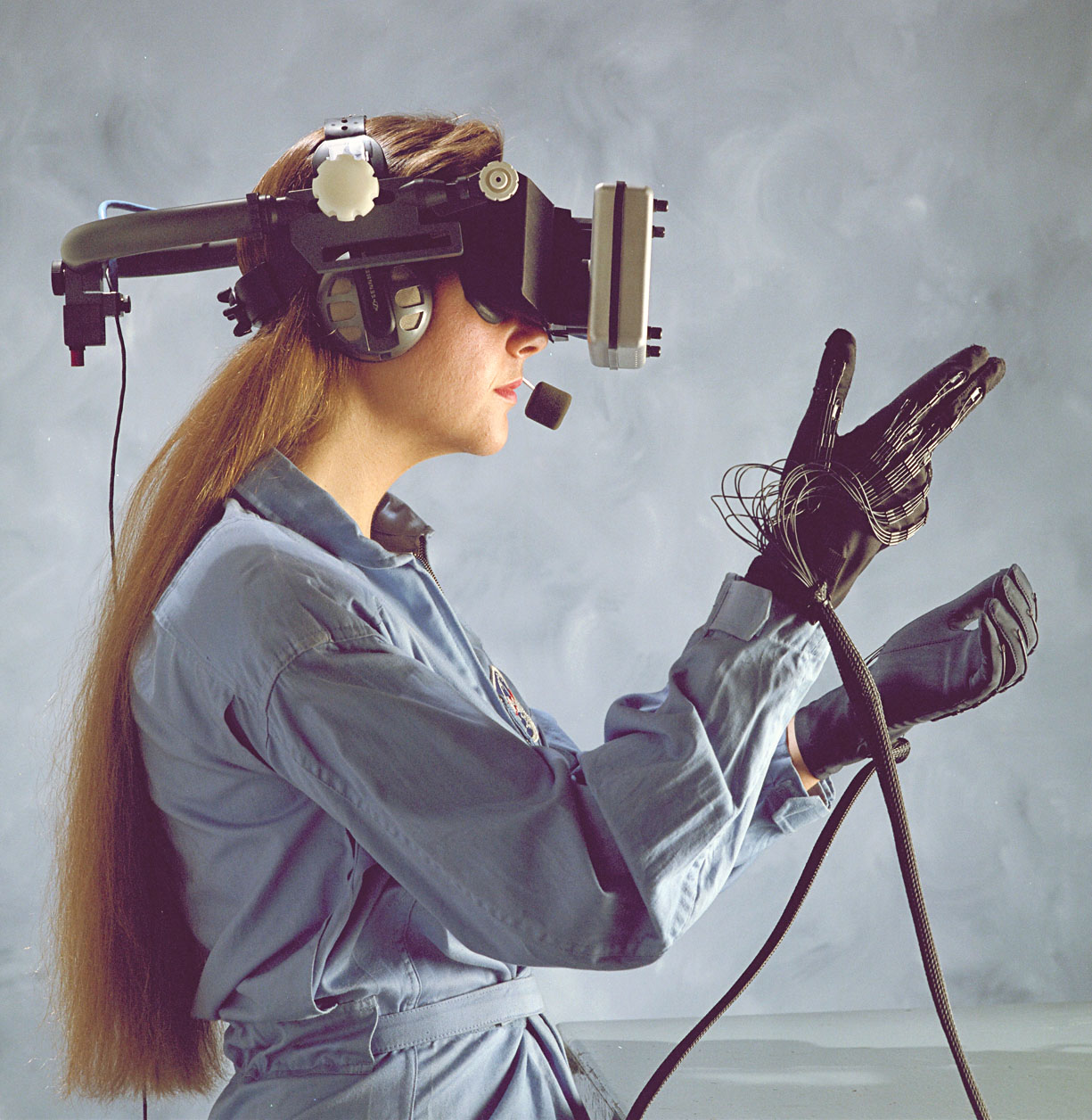
In the 1980s, NASA Ames researchers worked to develop next-generation space suits, such as the bulbous, hard-shelled AX-5 model. NASA Ames’s Human-Machine Interaction Group also did pioneering work in the 1980s with virtual reality and came up with some wild-looking hardware. Long before today’s AR/VR boom, Ames researchers glimpsed the technology’s potential—which was limited only by computing power.
Decades of federally funded research at Ames fueled breakthroughs in aviation, spaceflight, and supercomputing—an enduring legacy now at risk as federal grants for science face deep cuts.
A version of this story appeared on Beautiful Public Data (beautifulpublicdata.com), a newsletter by Jon Keegan that curates visually interesting data sets collected by local, state, and federal government agencies.




